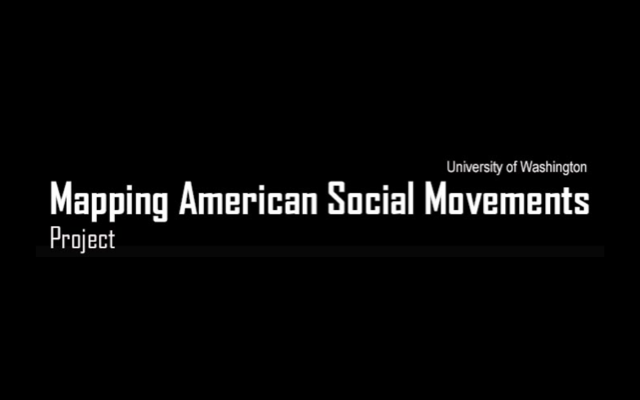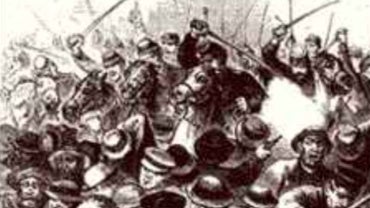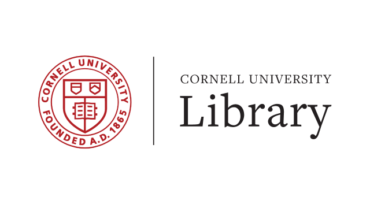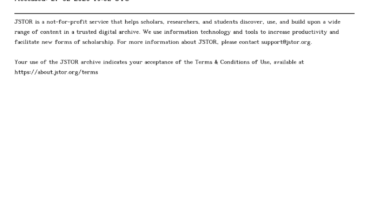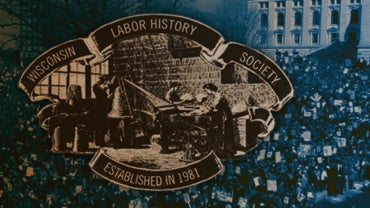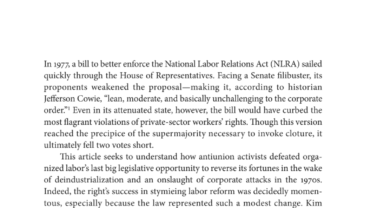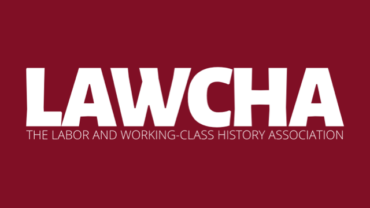The Knights of Labor was the largest and most extensive association of workers in 19th century America. Organized in 1869, the movement grew slowly in the 1870s, then surged in the 1880s, reaching a peak membership approaching one million in 1886-1887 with Local Assemblies spread across the country in more than 5,600 cities and towns. Its spectacular growth owed much to a bold agenda and flexible organizational plan. The Knights operated as both a trade union federation and a political movement. Envisioning a “Cooperative Commonwealth” in which producer cooperatives and nationalized railroads would replace monopolistic capitalism, the Knights launched dozens of local and state labor parties and hundreds of worker-owned cooperatives. Meanwhile, thousands of Local Assemblies represented members in their work places, bargaining with employers, threatening and conducting strikes. Inclusivity was the other hallmark of the KOL (especially in comparison to the American Federation of Labor unions that followed). The Knights included African American workers and counted 246 local assemblies organized by women workers. (Introduction continues below map)
These maps and charts locate nearly 12,000 Local Assemblies of the Knights of Labor. They are based on data gathered by Jonathan Garlock and published in Guide to the Local Assemblies of the Knights of Labor (Greenwood Press, 1982).


